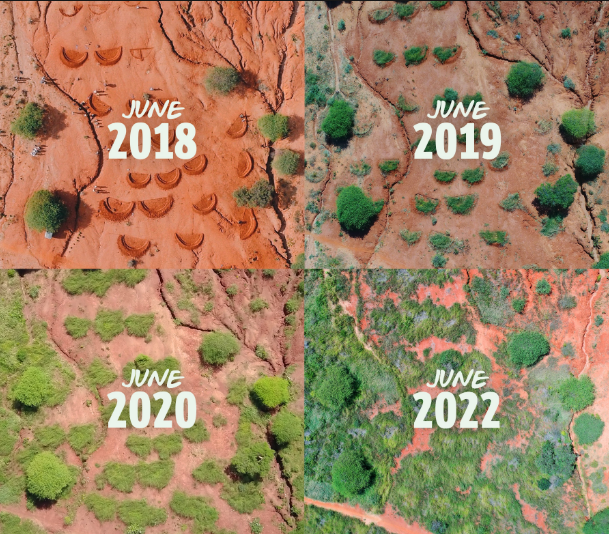Thanks! I'll add that (also sorry the reply took so long. I haven't been feeling well).
Blair
Thanks for explaining! I don't have a 3D printer, but maybe someday I will work up to a setup like yours!
Thank you so much! You and that post answered my questions perfectly
Well for apartment buildings and empty balcony rules, yes, its the landlords.
For the outdoor laundry, its bylaws. Basically what happens is nosy neighbors report you, then a bylaw officer comes by and tells you someone made a complaint. It's called a "Nuisance and unsightly premises bylaw."
Thank you so much! This is amazing information
My town in Alberta, Canada. It actually used to be banned in a lot of Canada, like all of British Columbia, and Ontario. Old-fashioned people think it makes a neighborhoods look "trashy" and start going on about property value.
It's sort of like how a huge amount of apartment buildings don't allow anything on balconies because it's "unsightly."
Thanks for explaining that! Your system looks great(it is even cat approved).
I am thinking of just starting with some leafy greens (like Swiss chard, kale, or spinach) on a budget, but there are so many different hydroponic builds it can get overwhelming haha. I will look more into the DWC system!
Haha sadly, hanging your laundry outdoors is illegal here(also, it would freeze in winter), and indoors it takes forever to dry ╥﹏╥
I could be wrong, but I believe pilling is most commonly caused by friction (for example, where your legs rub when you walk), so one thing that would help is not washing clothes that tend to pill with clothes that have hard things like zippers or buttons. The balls might help by cutting down on the time the clothes rub together with the air-gaps they create, but I am not sure.
I have been told before that you can remove pilling with a razor, but please look it up before you try haha.
I like the idea of a wicker basket coffin with natural-fiber clothes....and an added sword just to confuse future archaeologists •ˋᴗˊ•


















Sorry! I have dyscalculia, so I'll admit I didn't try to analyze the numbers at all. I can delete the post